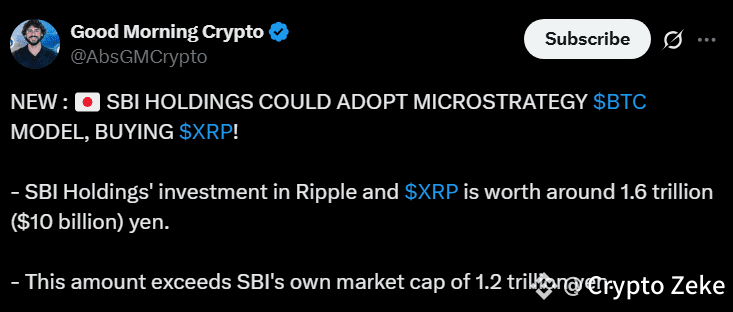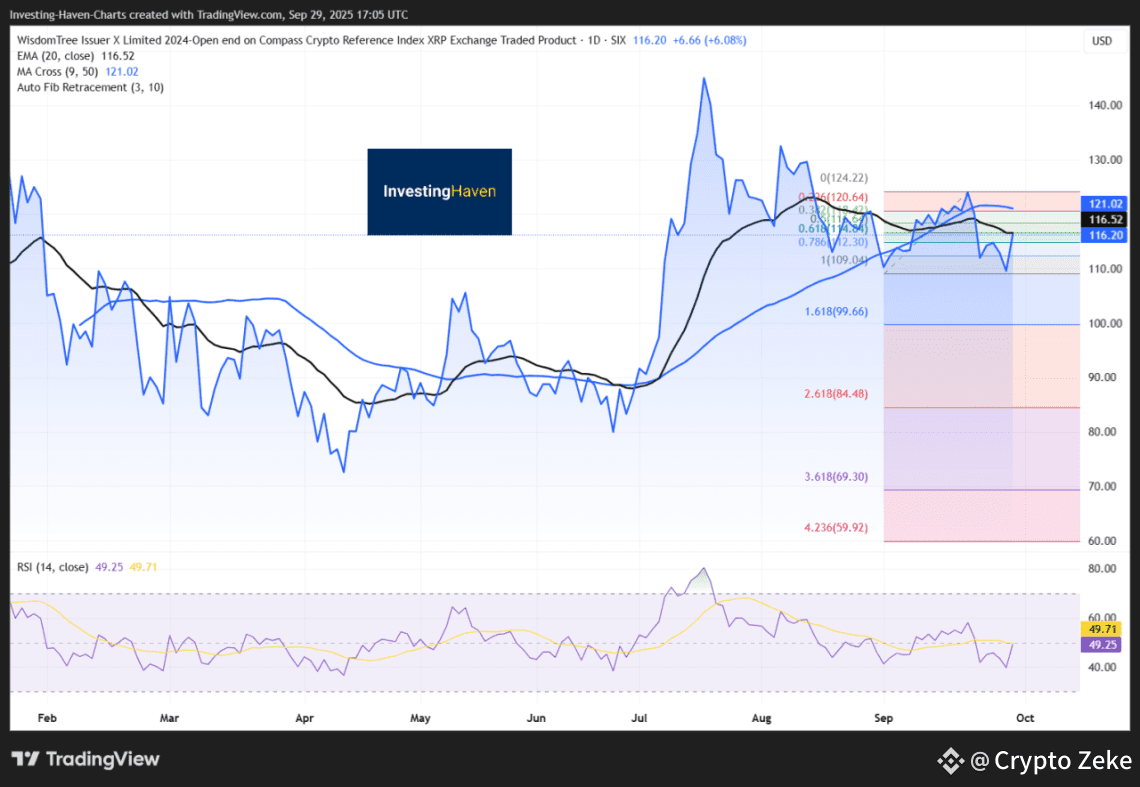Why Institutional Backing Could Redefine XRP’s Future
$XRP adoption has shifted from niche retail trading to mainstream institutional interest. Asset managers now list XRP investment products, while major financial groups and exchanges hold billions of tokens in custody.
These concentrated holdings matter because they shape liquidity, price swings, and access for everyday investors. Understanding who owns the largest XRP positions helps traders anticipate market moves, big transfers, and institutional flows.
Here are five major firms quietly acquiring and holding XRP — and why it matters.
1️⃣ SBI Holdings
Japanese financial powerhouse SBI Holdings is one of XRP’s strongest corporate backers.
Reports place its exposure at ¥1.6 trillion (≈$10B) — at times exceeding the company’s market cap.
Through SBI Ripple Asia, XRP is being integrated into payment networks and product trials.
📌 SBI isn’t just investing — it’s actively building around XRP.
2️⃣ WisdomTree
In November 2024, WisdomTree launched a physically backed XRP ETP (XRPW) across Xetra, SIX, and Euronext.
The product holds real XRP in custody and charges only 0.50%, one of the lowest fees in Europe.
It enables institutional investors to gain regulated exposure to XRP without managing wallets.
📌 A clear signal that traditional finance is bridging into crypto.

3️⃣ Upbit
South Korea’s Upbit exchange holds an estimated 5–6 billion XRP, one of the largest exchange reserves globally.
These balances represent customer deposits and trading liquidity, not corporate treasury.
On-chain watchers monitor Upbit flows closely, as large transfers often spark price reactions.
📌 Upbit’s reserves reflect the strength of retail demand in Asia.

4️⃣ Binance
Binance wallets linked to XRP custody hold 1.4–1.5 billion tokens.
These are primarily customer funds, but since Binance is a global liquidity hub, its flows heavily impact short-term XRP price action.
Traders watch Binance’s XRP wallet activity for real-time signals of accumulation or sell pressure.
📌 Where Binance moves, the market often follows.
5️⃣ Uphold
U.S. platform Uphold also manages large XRP balances on behalf of customers.
While these tokens are not part of a corporate treasury, they concentrate retail liquidity in one place.
Uphold emphasizes transparency and custody trust, which has helped maintain strong user confidence.
📌 A key platform for U.S. retail XRP holders.
Conclusion
XRP’s largest holders fall into two categories:
Institutional products (WisdomTree, SBI) driving long-term adoption.
Exchange custody (Upbit, Binance, Uphold) shaping short-term liquidity.
This dual structure shows how XRP is evolving from a trading token to a mainstream institutional asset.
👉 For investors and traders, keeping an eye on ETP inflows, exchange reserves, and corporate custody disclosures offers the best insight into real supply shifts in XRP’s market.
⚡ Institutional adoption isn’t coming — it’s already here.